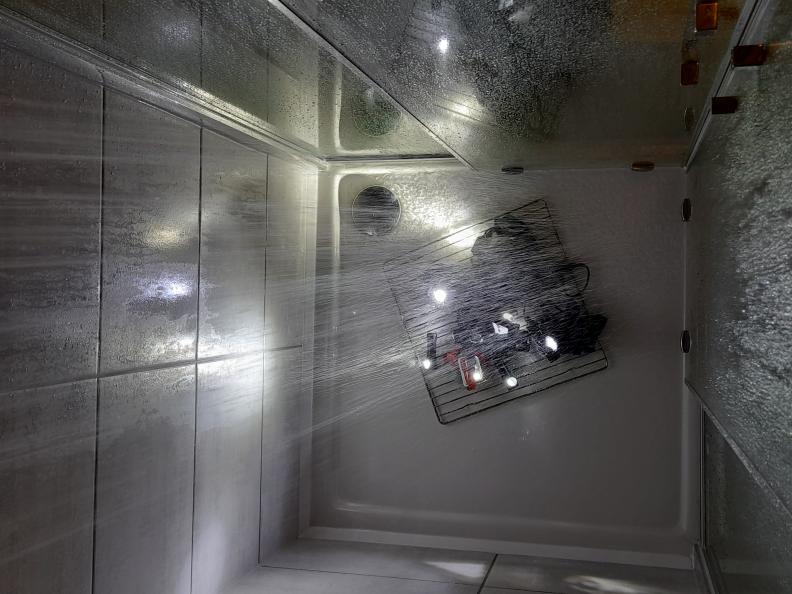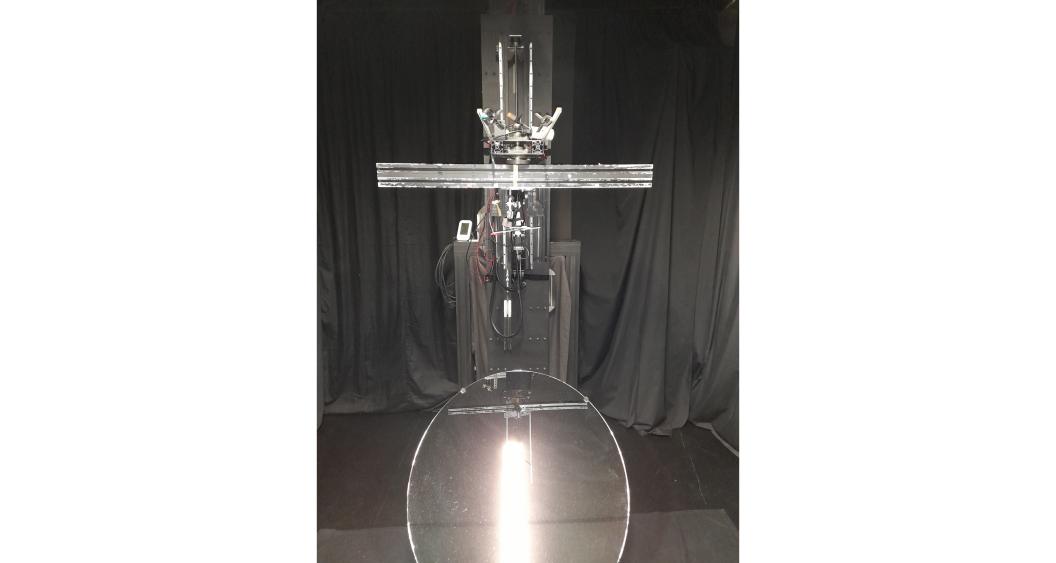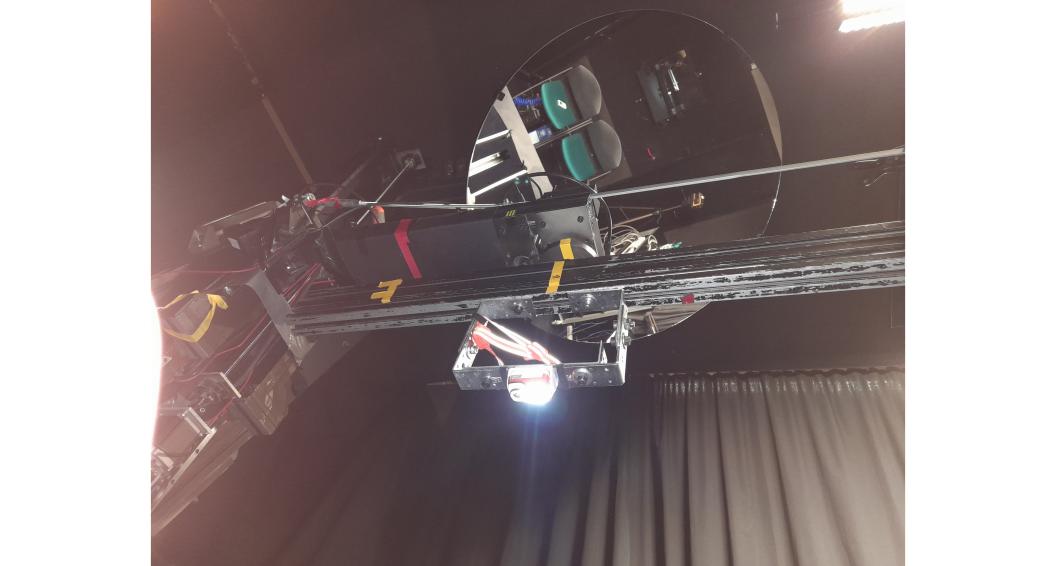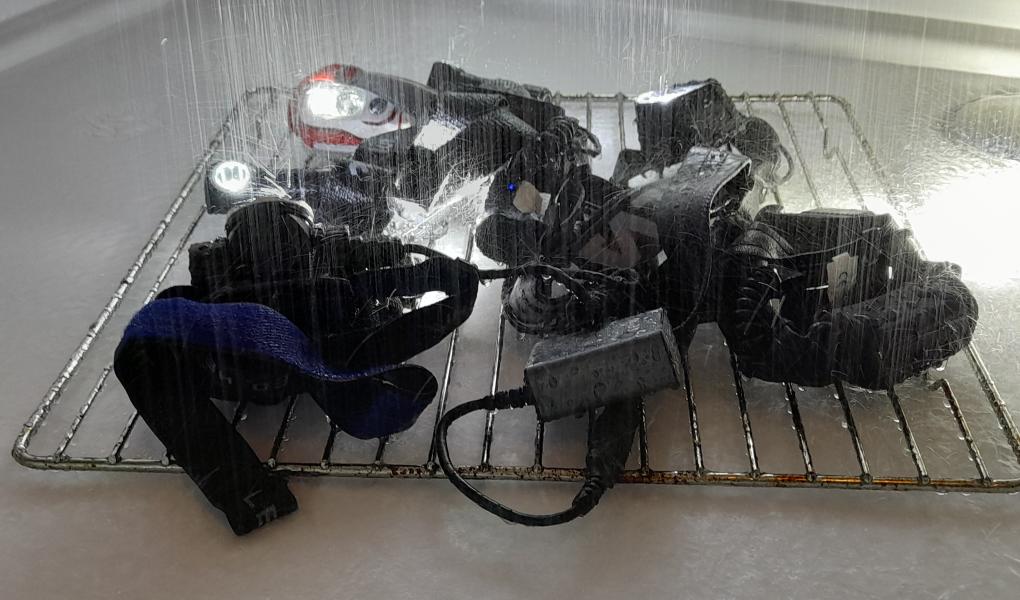1. Lamp brightness (lumen)
2. Battery capacity
3. Brightness change during battery life (lumen)
4. Range and strength of the light (lux)
5. Width of the light cone (meters) and brightness (lux) at a distance of 10 meters
6. Manageability
7. Resistance to shocks (drop test)
8. Resistance to water (rain test)

1. Lamp brightness
The lamp's brightness (lumen) is measured in direct connection to the light source (lamp) and with the lamp set to maximum light output. The brightness records every second from switching on until the lamp goes out or no longer gives stable light. *
2. Battery capacity
The lamp's battery life at maximum light output is measured from switching on until the lamp goes out or no longer provides stable light.
3. The change in brightness during the operating time
The brightness change during the battery life is recorded for every second.*
* Most lamps need a certain time to reach stable light. The brightness when switched on is often significantly higher than after one or a few minutes of operating time. Most of the lamps in the test had a gradual or stepwise weakening of the brightness during the battery life.

4. The range and strength of the light
The light's range is a combination of the lamp's brightness and how the lamp concentrates the light. The more concentrated the cone of light, the longer the range. The amount of light that hits a point on a wall at a certain distance is measured in lux, where 1 lux corresponds to one lumen per square meter. 0.25 lux corresponds roughly to how much a surface is illuminated by a full moon.
5. Width of the light cone (meters) and brightness (lux) at a distance of 10 meters
The width of the light cone at a distance of 10 meters and the average amount of light in the illuminated area (lux). This is calculated based on the width of the light cone where the lamp provides at least 70 percent of the maximum light flux. This can be compared to lighted exercise tracks, which usually have an illuminance at ground level of about 15 lux.

6. Manageability
The laboratory assesses comfort (how they fit on the head), how easy they are to understand and use, and how easy they are to charge.
7. Resistance to shocks (drop test)
The lamps are released in a controlled manner from a height of 1.80 meters onto an asphalted surface, six times from different angles. After the drop test, function is checked and the lamps are inspected for possible damage.
8. Water resistance (rain test)
The lamps are placed on a stainless grid and exposed to a 10-minute long shower, corresponding to medium-intensity rain. After the rain test, the function of the lamps is checked.
Interpretation and grading
The results from the various test moments are rated on a scale from 1 to 10, where 10 is the best. In the overall grade, the sub-grades from the various test sections are weighted together with the following weight:
· Light properties (test parameters 1, 3, 4 and 5) 40%
· Battery life (2) 20%
· Manageability (6) 20%
· Durability and waterproofing (7 and 8) 20%

